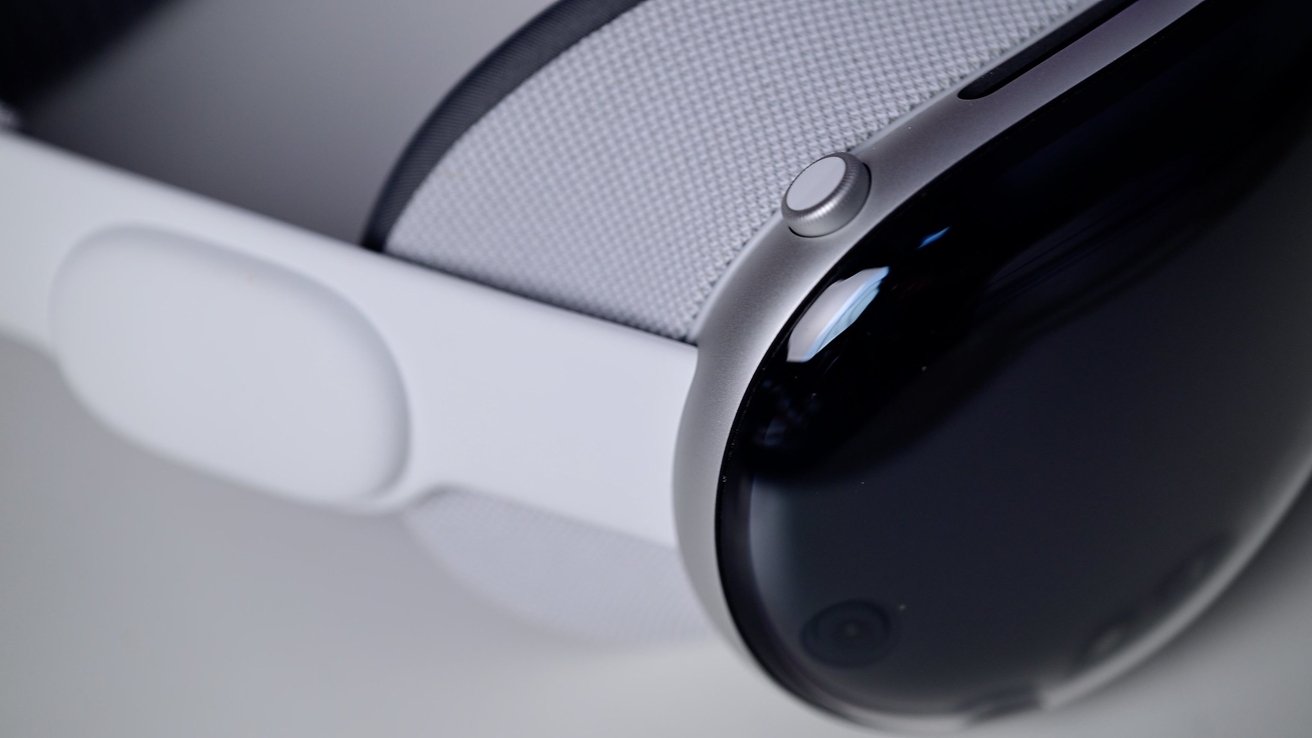How Is Stereoscopic Vision Produced? Stereoscopic vision is a natural vision phenomenon that allows us to perceive depth and distance in three-dimensional space. It is produced by the combination of two slightly video images, or stereo images, that are...
How Is Stereoscopic Vision Produced?

Stereoscopic vision is a natural vision phenomenon that allows us to perceive depth and distance in three-dimensional space. It is produced by the combination of two slightly video images, or stereo images, that are seen from slightly different angles. This phenomenon can be replicated with computer vision technology, which uses algorithms to detect and analyze the differences between stereo images. With this technology, computers can generate depth information by analyzing the visual angle of our line of sight. It is also used in the animation industry to create the illusion of 3D or real objects using 2D images or videos, by presenting slightly different images for eyes to see. The two images are then combined in the brain to give the perception of depth.
This information can also be applied to create an illusion and distance that gives us a better understanding of our environment. Stereoacuity also plays an important role in its production, as it helps us distinguish between objects at different depths or distances.
Why Is Stereoscopic Vision Important?
It is a type of vision system that allows people to perceive depth in two-dimensional images. It helps us to gain a better understanding of the world around us by allowing us to see things in three dimensions. It is important because it allows us to better understand our environment, recognize objects, and make more accurate judgments.
 Image Source- Nova vision
Image Source- Nova vision
Also, it is based on the principle of binocular disparity, which means that each eye sees a slightly different appearance from the other. This causes our brain to interpret these differences and create an impression of depth and distance. Stereo drawings are created by combining two 2D images into one 3D image in order to create an illusion and movement in the mind of the observer. This helps reduce eye fatigue when looking at complex 3D objects or scenes for extended periods of time.
How does Stereoscopic Vision Work?
It refers to the ability of the eyes to perceive true depth perception by producing a three-dimensional view of the surrounding environment, enabling us to view the world accurately as if we were standing in the middle of it. This is because we have two eyes that each capture a slightly non-identical image of the same object, which creates a spatial map that the brain combines to create a 3D perception of our environment. This is done by the brain interpreting the difference between the two retinal images, captured on the left and right retina of the eye, using parallax or the distance between the two visual fields.
By analyzing these images, the brain is then able to measure the distance to an object. For example, if we’re looking at a stereogram, our left eye sees one image and our right eye sees another. Our brain then seamlessly puts these images together, allowing us to see the stereogram in 3D. This stereoscopic visual is similar to that found in aerial photographs, which can be used to measure distance and depth. Overall, our ability to perceive depth and visualize in 3D is accomplished via the eyes transmitting spatial and visual information to the brain, which then interprets and analyzes that information to simulate the 3D visual experience. Also, Stereoscopic media is used to enable a three-dimensional effect, adding an illusion of depth to a flat image.
Stereo Photography Techniques.
Stereo photography techniques are used to create images that can be viewed in a three-dimensional or stereoscopic 3D effect. This is achieved by taking two photographs of the same subject, from slightly different angles, which are then fused to create a single image. When viewed through a stereoscope or 3D glasses, these pictures are then perceived as a single, three-dimensional image. The key to achieving this effect is to mimic the way we see the world through our own eyes. When we fixate on an object with one eye, the object appears in sharp focus while distant objects appear blurry.
By taking two photographs from slightly different angles, this phenomenon is replicated and creates a sense of depth and dimensionality in the final image. The technique can be used to capture a wide variety of subjects, including landscapes, still life, and portraits, and has been used for both artistic and scientific purposes. While some cameras and smartphones have built-in features for capturing stereoscopic images, it is also possible to create these effects in post-production using specialized software. Overall, this technique offers a unique and captivating way to view the world around us in a truly immersive way.
 Image Source- MoviMED
Image Source- MoviMED
What Are The Four Requirements For Stereoscopic Vision?
Stereoscopy refers to the ability to see a single 3D image with depth perception. This skill requires four essential requirements for it to be achieved.
Visual Perception.
Firstly, the visual perception of depth exists such as overlapping objects, and shadows. Human eyes are positioned slightly apart which allows each eye to capture slightly different angles of the same object, resulting in differences between the right and left retinal images, allowing the brain to construct a 3D image.
Viewing Distance.
Secondly, a viewing distance is required that enables the eyes to focus clearly, and the size and position of the object in relation to the viewer are important factors in this. Objects too close will require too much eye convergence, whilst objects too distant will require divergent eye movements; both causing eyestrain and disruption in combining the two images into a single 3D view.
Stereoscopic Displays.
Thirdly, Stereoscopic displays are necessary for its working. It could be in the form of 3D movies, 3D TV, or other technologies where each eye is shown a slightly different image, which is necessary for the brain to combine the two images to create a new vision also called as the 3D view.
Larger Views.
Lastly, vision scientists have identified that larger objects are easier to view in 3D than smaller objects, which require intricate and precise eye movements to achieve successful stereoscopic vision. Optical illusions also help with stereo vision as they trick the eye into believing depth exists where it does not exist. In conclusion. It has many requirements that are important for the visual perception of a single 3D object. It relies on viewing distance, and larger objects, requiring technical assistance from stereoscopic displays to function correctly.
What Does Stereoscopic Vision Depend On?
Also known as 3D vision, it is a fascinating aspect of human perception. It allows us to perceive depth and see the world in three dimensions. One key factor is the use of displays that can present graphics in a way that mimics how our eyes naturally perceive depth. Displays with large visual fields and high resolution are crucial for creating a convincing 3D effect.
Another important element is how our brain perceives the objects presented on these displays. Our brain uses various cues, such as binocular disparity (the slight difference in perspective between our right and left eyes) and convergence (the inward movement of our eyes), to create the illusion of depth.
depth exists also play a significant role in creating stereoscopic visuals. By accurately simulating these depth cues, computer-generated images can be perceived stereoscopically, enhancing the immersive experience in virtual reality or 3D movies. Binocular vision refers to the coordination of two eyes both focusing on an object, perceiving a single visual image.
Understanding what stereoscopic vision depends on opens up exciting possibilities for applications in fields such as entertainment, education, and design. By leveraging technology to create realistic depth dimensions, we can provide users with an enhanced visual experience that feels more lifelike and engaging.
Final Thoughts.
So this was the article on Stereoscopic vision which depends on various factors like displays taken from slightly different angles, capable of presenting visuals with depth cues, as well as advancements in computer images. By harnessing these elements effectively, we can unlock new possibilities for immersive experiences that captivate our senses.
We hope you enjoyed this article. thanks for reading this.
The post How Is Stereoscopic Vision Produced? appeared first on Animation Alerts.














